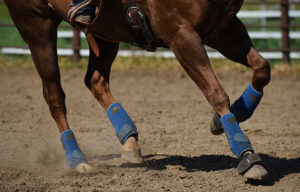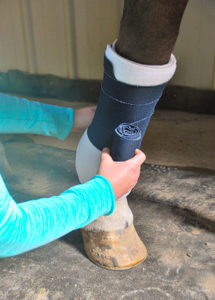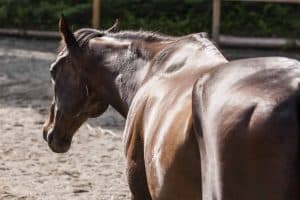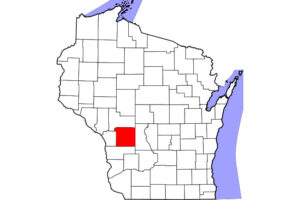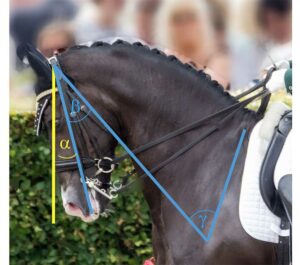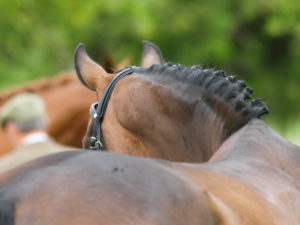Wobbler Syndrome in Horses: An Overview
- Topics: Article, Wobbler Syndrome
There are few things more enjoyable than watching a herd of young horses frolic around a pasture. But when one of the foals looks shaky, incoordinated, and almost wobbly on his feet, this could be a sign of a serious–and sometimes fatal–neurologic problem: cervical vertebral stenotic myelopathy, or wobbler syndrome. At the 2011 Western Veterinary Conference, held Feb. 20-24 in Las Vegas, Nev., Steve Reed, DVM, Dipl. ACVIM, an associate with Rood & Riddle Equine Hospital, in Lexington, Ky., spoke about wobbler syndrome and the scientific advancements that are allowing more "wobblers" to recover and lead a healthy and normal life.
What is Wobbler Syndrome?
Very simply put, horses affected by wobbler syndrome have sustained spinal cord damage that leads to ataxia (incoordination). Most veterinarians say that an affected horse’s gaits make him appear as if he’s wobbling, hence the common name of the disorder.
Causes of the spinal cord damage can include developmental malformation of the vertebrae in the neck, rapid growth, and trauma. Regardless of the cause, Reed explained, "The most important feature of this condition is a narrowed vertebral canal … resulting in the compression of the spinal cord." Generally, he added, this compression occurs between the third and seventh cervical vertebrae (C3-C7, located in the neck)
Create a free account with TheHorse.com to view this content.
TheHorse.com is home to thousands of free articles about horse health care. In order to access some of our exclusive free content, you must be signed into TheHorse.com.
Start your free account today!
Already have an account?
and continue reading.

Written by:
Erica Larson
Related Articles
Stay on top of the most recent Horse Health news with




